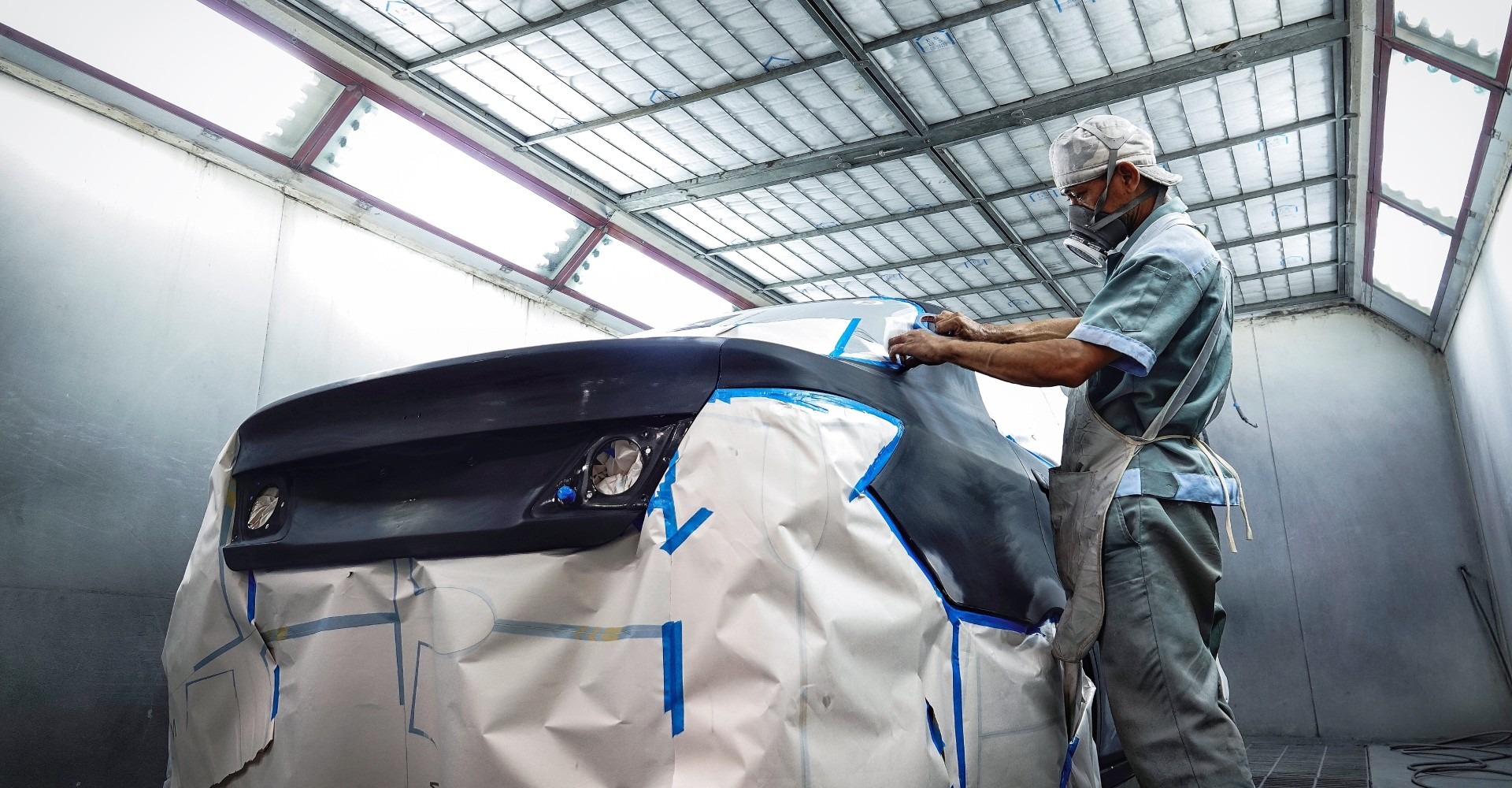All Categories
Featured
When it involves lorry maintenance, tires are often one of the most overlooked components, also though they play a vital duty in the safety and security and efficiency of your vehicle. Tire rotation and positioning are 2 crucial solutions that assist guarantee your tires put on evenly, last longer, and remain to execute at their finest. Here's whatever you need to find out about tire rotation and positioning and why they matter for your automobile.
What Is Tire Rotation? Tire turning is the procedure of moving the tires from one placement to another to ensure even wear throughout all 4 tires. The front and back tires of a lorry wear at different rates because of the weight circulation and the fact that the front tires take care of both steering and stopping. By rotating the tires frequently, normally every 6,000 to 8,000 miles, you can cancel the wear and expand the life of your tires.
In most cars, the tires will be turned from front to back, and in some situations, side-to-side, relying on the tire type and your vehicle's specs. This makes certain that each tire births an equal amount of stress and anxiety and stress. Normal tire rotations additionally boost lorry handling and ride top quality, along with add to much better gas performance.
What Is Tire Placement? Tire positioning describes changing the angles of your vehicle's wheels to guarantee they are positioned correctly according to the supplier's requirements. Appropriate placement makes certain that your tires are alongside one another and vertical to the ground, which helps enhance the overall handling, security, and lifespan of your tires.
There are 3 essential aspects of placement:
Camber: The tilt of the wheels when viewed from the front. If the wheels lean internal or exterior, it can trigger unequal tire wear. Wheel: The angle of the guiding axis when checked out from the side. Proper caster placement makes sure secure guiding and far better automobile control. Toe: The angle at which the tires point internal or outside when viewed from above. Wrong toe alignment can cause tires to put on unevenly and influence dealing with. Misalignment can happen due to variables like striking craters, aesthetics, or driving over harsh terrain, and even regular driving over time can gradually create imbalance. Getting an alignment check every 1-2 years or when you discover managing troubles is necessary for optimum tire efficiency.
Why Are Tire Rotation and Placement Important? Maximized Tire Life:. Tire rotation makes certain also put on across all 4 tires, avoiding early tire replacement. Misaligned tires use erratically, which can bring about the demand for even more regular tire replacements. Both tire rotation and placement boost the life expectancy of your tires, conserving you money over time.
Improved Safety:. Appropriate positioning assists maintain your car tracking right, improving stability and handling. Misaligned tires can cause pulling, that makes it tougher to manage your car, particularly at high speeds or in emergency scenarios. Tire turning also ensures your car's handling stays regular, improving your capacity to stop promptly and preserve control.
Much Better Gas Efficiency:. When your tires are effectively lined up, they experience much less rolling resistance, implying your engine does not need to work as difficult to move the automobile. This decreases fuel intake and boosts gas mileage. Misalignment can cause your tires to drag, leading to bad fuel performance.
Smoother Trip:. Misaligned or unevenly worn tires can cause resonances in the steering wheel or car body, which can be awkward while driving. Routine tire turning and placement can provide a smoother and quieter experience, reducing unnecessary noise and vibrations.
Indications You Need Tire Turning or Positioning. It is essential to be knowledgeable about warning indications that your tires could need focus. Keep an eye out for:
Irregular Tire Wear: If you discover that a person tire is much more used than others, it could be an indication that it's time for a rotation or alignment. Steering Pulling away: If your vehicle draws away, specifically when you're driving directly, it can show misalignment. Vibrations or Unusual Noises: If your wheel drinks or you listen to a buzzing or whimpering noise, your positioning could be off. Squealing Tires: A high-pitched screech can signal misalignment or that your tires are used erratically. If you see any of these indications, it's a great concept to have your car evaluated immediately to stop more damages to your tires or suspension system.
Exactly How Commonly Should You Rotate and Straighten Your Tires? Tire rotation is normally recommended every 6,000 to 8,000 miles or every 6 months, depending on your automobile's handbook and driving problems. It's likewise a good concept to turn your tires throughout oil adjustments to make certain they obtain the attention they need.
For alignment, the majority of experts recommend having your tires straightened annually or if you discover any dealing with issues. If you've lately hit a fracture, curb, or an additional barrier, it's a good idea to have your placement checked quicker to prevent uneven tire wear.

Conclusion: Maintain Your Tires for Longevity and Security. Tire turning and placement are straightforward yet critical elements of vehicle upkeep that add to longer tire life, boosted safety and security, and better gas efficiency. By following the recommended solution intervals for tire turning and positioning, you can guarantee your tires remain in top problem, supplying a smoother and safer driving experience. Regular upkeep assists you stay clear of unforeseen tire wear, pricey repairs, and potential crashes, making it a wise investment for your vehicle's general performance.
Latest Posts
Checking Out the Diverse Fence Options at Washington Fence
Trusted Eye Center South - Eye Dr Near Me: Comprehensive Vision Care.
Why Chain-Link Fence Sticks Out?